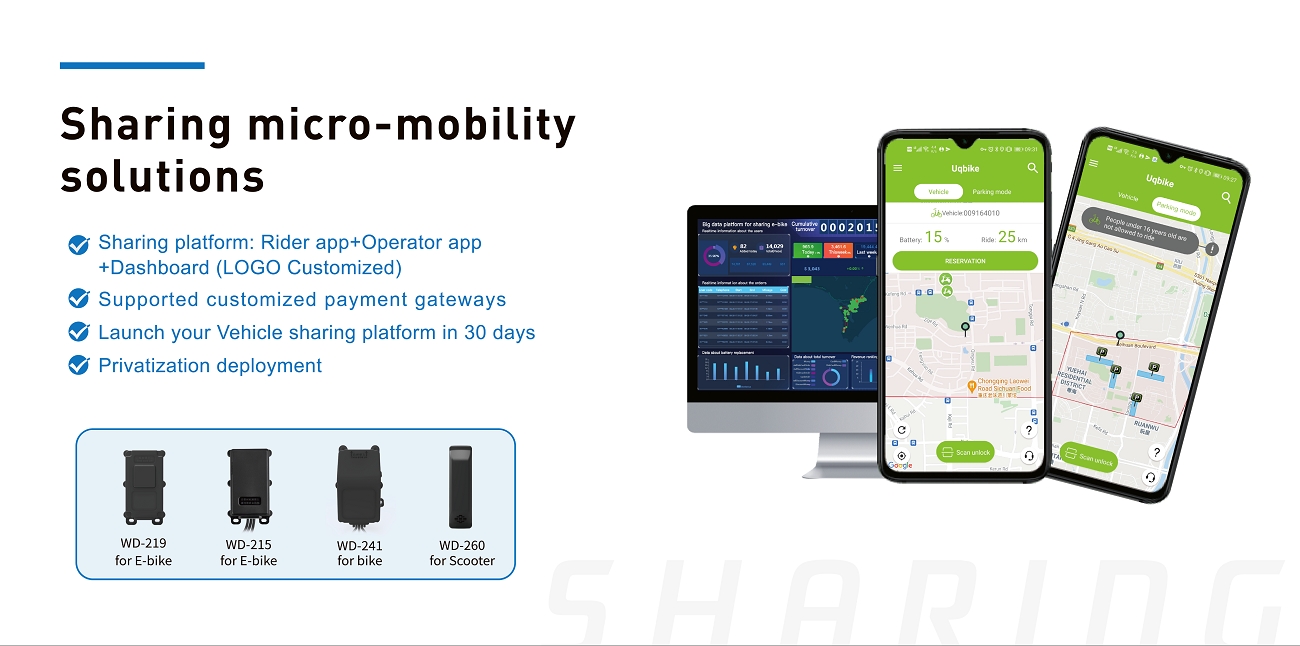When determining whether shared two-wheelers are suitable for a city, operating enterprises need to conduct comprehensive evaluations and in-depth analyses from multiple aspects. Based on the actual deployment cases of hundreds of our clients, the following six aspects are crucial for examination.
一、Market Demand
Thoroughly investigate the overall demand situation of the city. This includes factors such as population size and classification, the distribution of residents and office workers, traffic conditions, terrain and road conditions, and industrial structure. At the same time, understand the usage and price levels of existing transportation means.
二、Policies and Regulations
Become familiar with the relevant policies and regulations of the city. The core purpose is to obtain deployment permits, which cover vehicle management regulations, specific regulations for shared e-scooters, and other related policies.
三、 Competitive Landscape
Find out if there are other shared e-scooter brands already operating in the city and understand the pricing strategies and service levels of competing brands.
四、Financial Planning
Clarify the cost structure of operating shared e-scooters, including vehicle procurement and maintenance costs, technology solution costs, operation and maintenance personnel costs, and promotion expenses.
五、Technology Solutions
Master the overall technology solution for shared electric scooters, including smart IoT for shared e-scooters and system platforms.
六、Revenue Projections
Estimate the revenue of shared e-scooters based on the inspection situation. This involves factors such as the average daily usage times of individual vehicles, average daily income per vehicle, and revenue sharing ratios.
For shared operating enterprises, after examining the market, the main focus of pre-deployment work is to obtain deployment permits issued by relevant government departments. Obtaining and maintaining deployment permits is the most important task for operating enterprises.
After deploying vehicles later, the main focuses are on increasing revenue, reducing costs, and improving ridership rates. Ensuring that vehicles are attractive and easy to ride and increasing vehicle usage rates are key to enhancing rental income. In terms of cost reduction, the main tasks are to improve the work efficiency of operation and maintenance personnel, reduce operation and maintenance costs including utilities and rent, and reduce vehicle depreciation and maintenance costs. On average in the industry, operation and maintenance costs account for about 20% to 25% of total revenue. Higher than 25% often means no profit or even losses, while lower than 20% indicates that operation and maintenance work is done well.
Post time: Sep-06-2024
.png)





